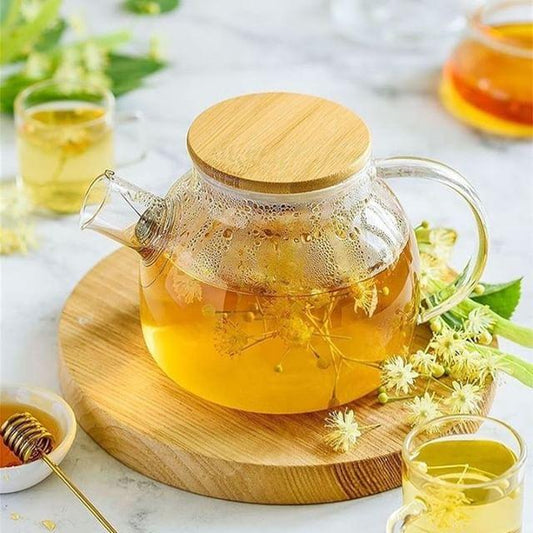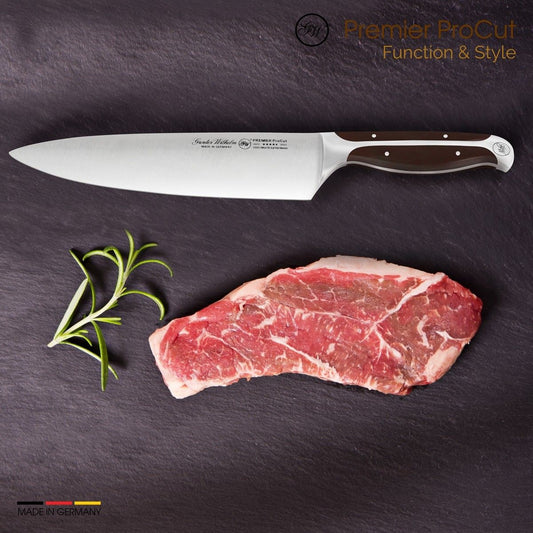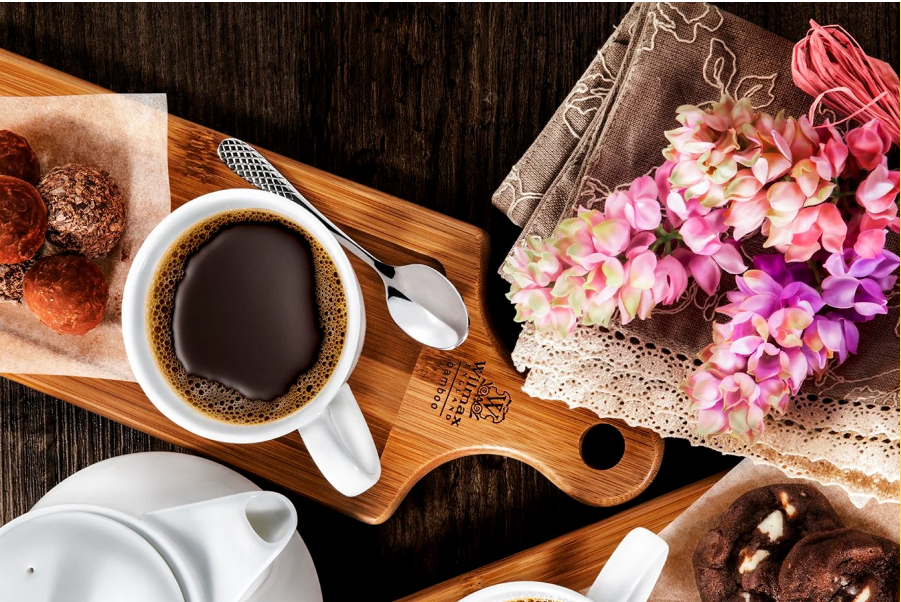Smoke and Mirrors: Mastering the Art of Cold Smoking for Flavorful Dishes

Cold smoking is an age-old technique that infuses food with deep, smoky flavors without cooking it. Unlike hot smoking, which exposes food to heat, cold smoking allows delicate ingredients like cheese, fish, and even butter to absorb smoky richness while maintaining their raw texture. Mastering the art of cold smoking opens up a world of culinary possibilities, elevating everyday ingredients into gourmet delicacies.
The Science Behind Cold Smoking
Cold smoking is a process that involves exposing food to smoke at temperatures typically between 68°F and 86°F (20°C to 30°C). Because the heat is kept low, the food is not cooked during smoking but rather absorbs the aromatic compounds from the wood, creating layers of complex flavor. The key to successful cold smoking lies in controlled airflow, proper temperature, and the right wood selection.
Hot Smoking vs. Cold Smoking: What’s the Difference?
| Feature | Hot Smoking | Cold Smoking |
|---|---|---|
| Temperature | 180°F – 250°F (82°C – 121°C) | 68°F – 86°F (20°C – 30°C) |
| Cooking Process | Cooks food while smoking | Preserves raw texture |
| Common Foods | Ribs, brisket, poultry | Cheese, salmon, butter |
| Smoking Duration | 1–6 hours | 4–24+ hours |
| Storage | Usually eaten fresh | Requires curing or refrigeration |
Essential Equipment for Cold Smoking
To achieve the best results, you’ll need the right tools:
- Smoke Generator or Pellet Tube Smoker – Produces a steady stream of cool smoke.
- Smoking Chamber – A well-ventilated space to hold the food, such as a dedicated smokehouse, grill, or even a DIY wooden box.
- Thermometer – Essential for maintaining low temperatures to avoid unwanted cooking.
- Curing Salts & Brines – Used for meats and fish to prevent bacteria growth and enhance flavor.
Choosing the Right Wood for Cold Smoking
The type of wood you use has a significant impact on the final flavor. Hardwoods are preferred, while softwoods like pine should be avoided due to their high resin content, which produces bitter flavors.
Best Woods for Cold Smoking:
- Applewood – Mild, slightly sweet, ideal for cheese and poultry.
- Hickory – Strong, bacon-like aroma, great for meats.
- Cherrywood – Slightly fruity and sweet, pairs well with fish and pork.
- Alder – Traditional for smoked salmon, mild and earthy.
- Oak – Versatile and robust, good for everything from meats to nuts.
Cold Smoking Applications: Elevate Your Cooking
Cold smoking is an incredibly versatile technique that enhances a variety of foods. Here are some creative ways to use it:
1. Smoked Cheese: A Flavor Bomb
Cold smoking cheese adds depth and complexity, transforming mild cheeses into smoky delicacies. Popular choices include cheddar, gouda, and mozzarella. Tip: Let the cheese rest for a few days after smoking to allow flavors to mellow.
2. Cold-Smoked Salmon: A Delicate Classic
Lox and gravlax benefit from cold smoking, resulting in that silky, smoky perfection found in high-end delis. Tip: Always cure salmon with salt and sugar before smoking to enhance texture and flavor.
3. Butter & Oils: Elevate Your Cooking
Smoked butter and olive oil can add an unexpected layer of richness to dishes. Drizzle smoked oil over grilled vegetables or mix smoked butter into mashed potatoes for an irresistible taste.
4. Smoked Spices & Salt: A Pantry Essential
Cold-smoked salt, paprika, and black pepper provide an instant umami boost to any meal. Sprinkle smoked salt over a steak or use smoked paprika in marinades for extra depth.
5. Smoked Cocktails & Garnishes
Adding a smoky aroma to drinks is a popular trend in modern mixology. Tip: Cold smoke ice cubes, citrus peels, or even whiskey to create next-level cocktails.
Safety Tips for Cold Smoking
Because cold smoking occurs at low temperatures, proper food handling is crucial to prevent bacterial growth:
✔️ Always cure meat and fish properly before smoking.
✔️ Keep food refrigerated before and after smoking.
✔️ Use a food-safe smoke source, avoiding treated or resinous woods.
✔️ Allow smoked food to rest before consuming for enhanced flavor.
Final Thoughts
Cold smoking is both an art and a science—when done correctly, it transforms ordinary ingredients into gourmet delights. Whether you're experimenting with smoked cheese, cured meats, or smoky spices, this technique adds depth and intrigue to your culinary creations. With a little patience and the right approach, you can master the art of cold smoking and bring a world of rich, smoky flavors into your kitchen.
Share:





